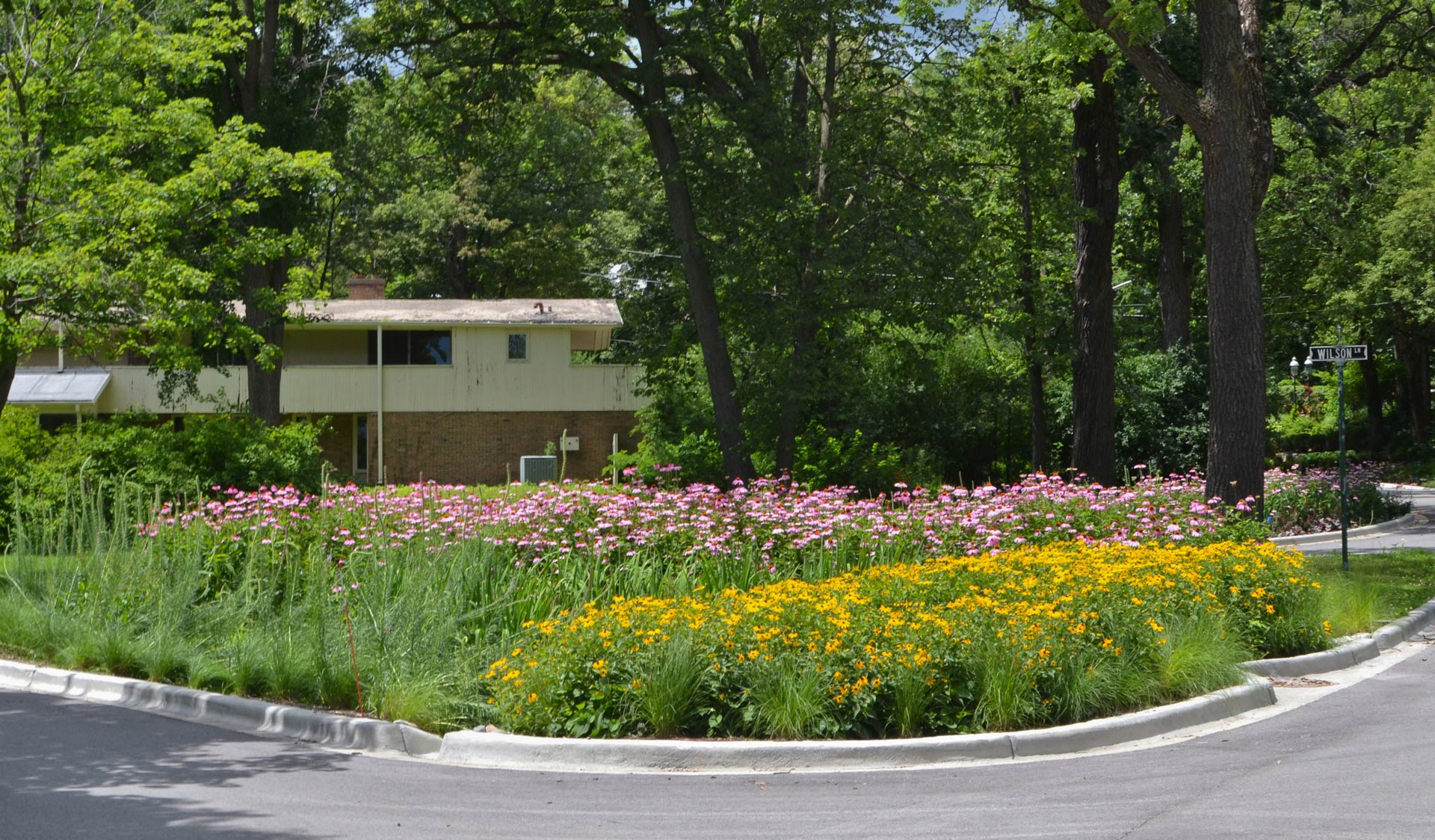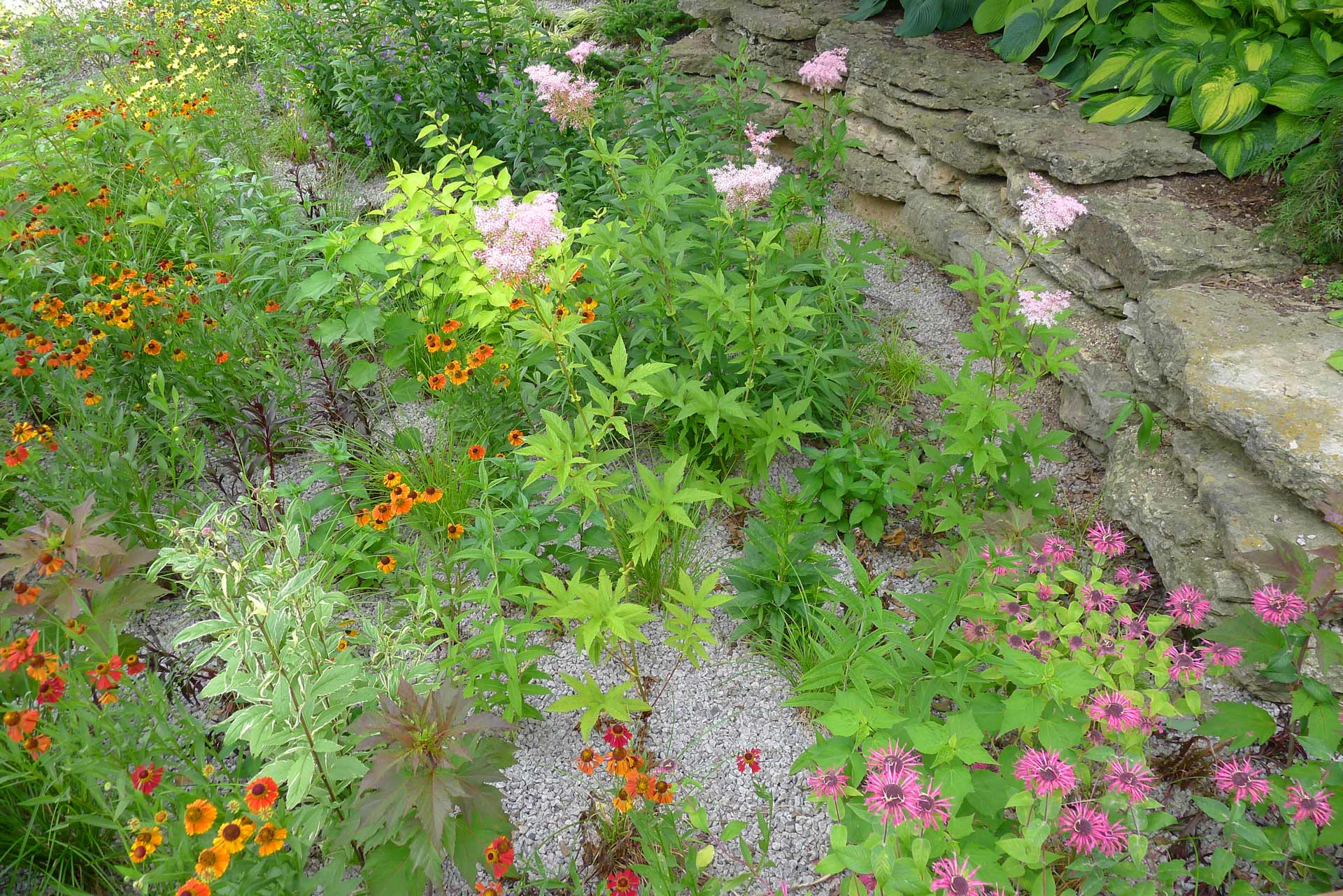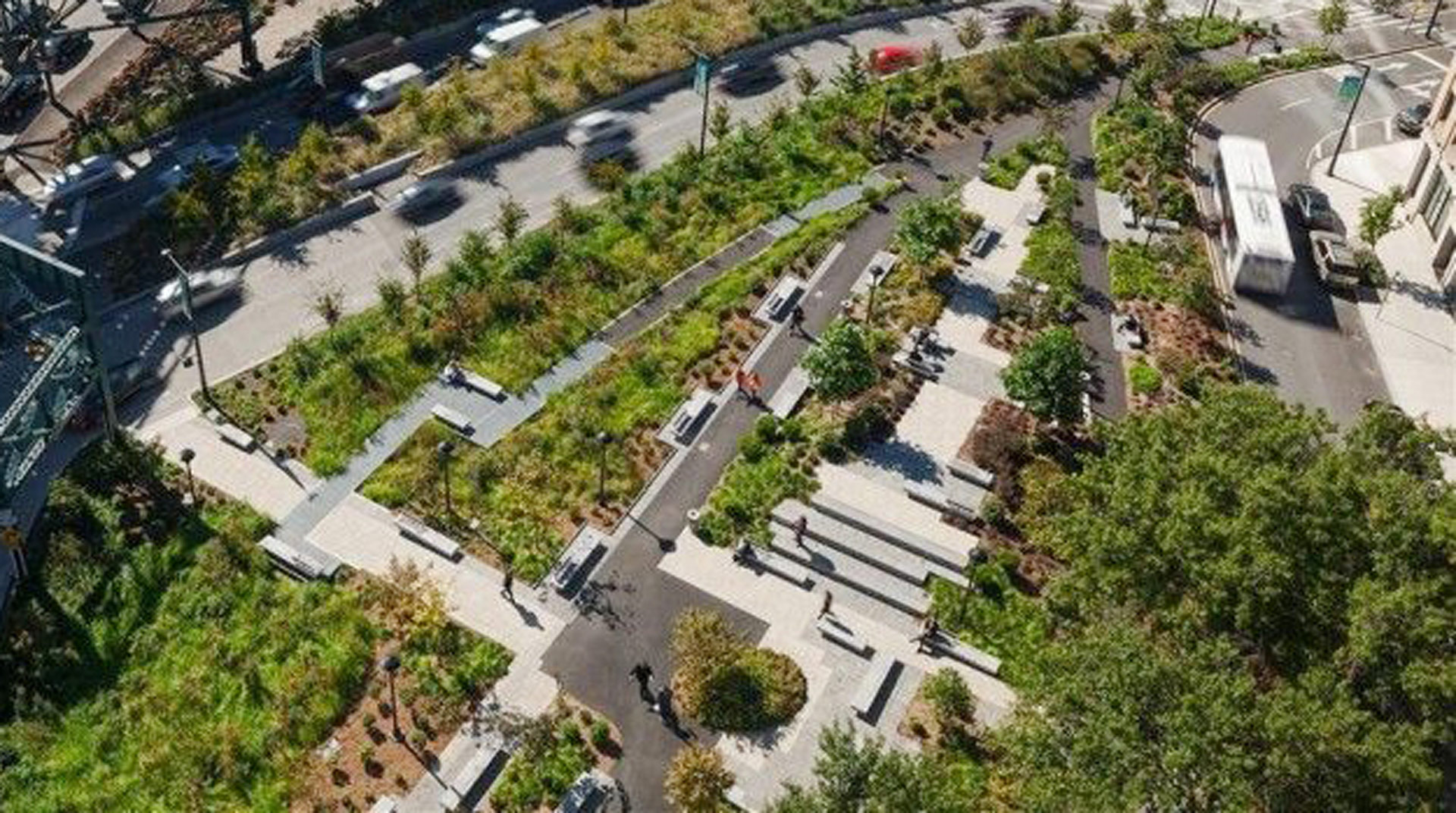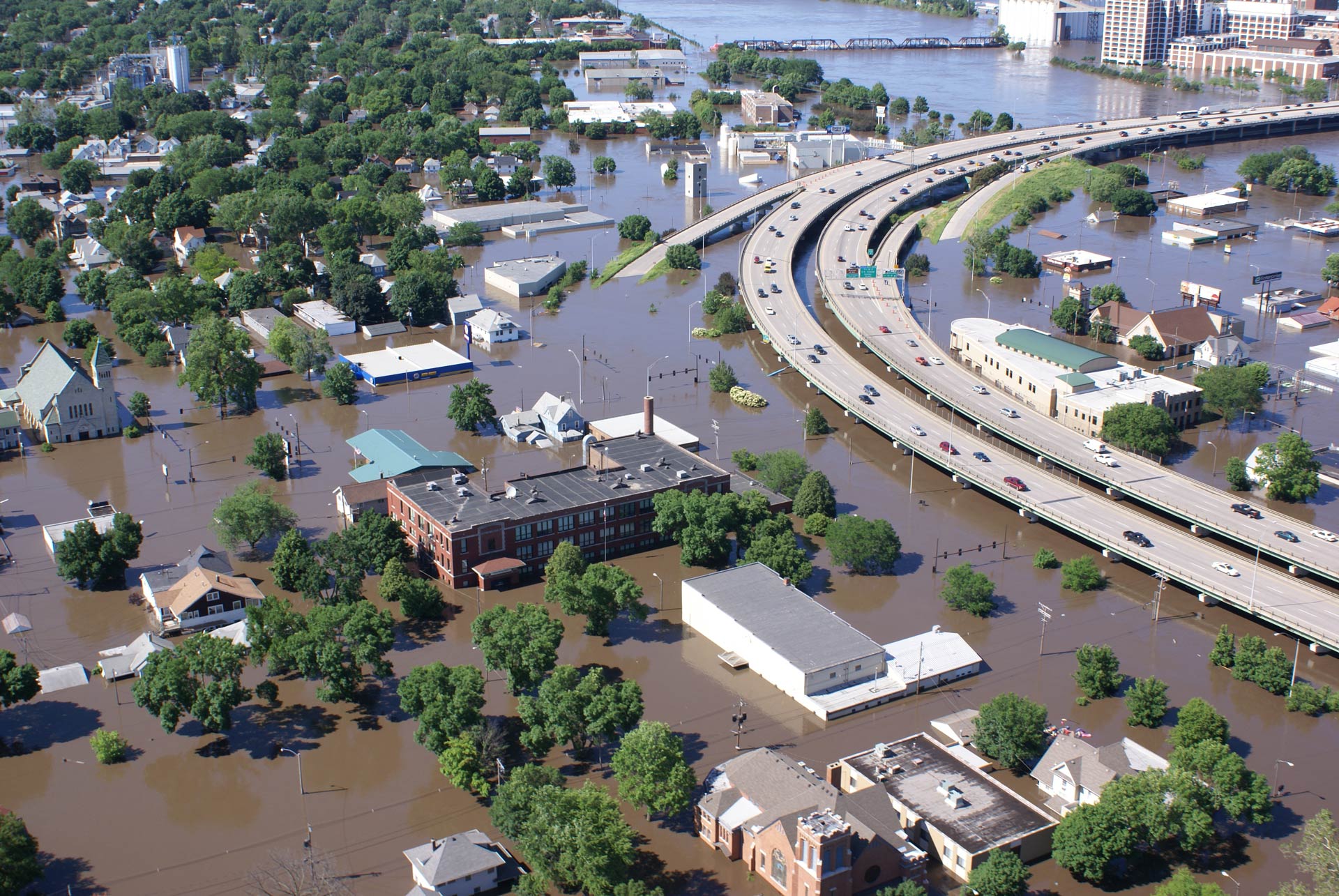Cuyahoga Falls, Ohio
Challenge
After suffering through two 500-year storm events in 2003 and 2004, and having been declared a federal disaster zone twice in a two-year period, the City of Cuyahoga Falls worked with FEMA and the Ohio Emergency Management Agency to develop a plan to reduce flooding in a neighborhood that experienced chronic flooding.
Project Details
- Location: Cuyahoga Halls, OH
- Population: 49,652
- Strategies: Building Bioswales, Rain Gardens, Green Streets, Moving people out of harm’s way
- Cost: $157,000
- Benefits: Flood reduction, Ecological
Overview/History
Severe storms in 2003 and 2004 caused millions of dollars in property damage and led to the city looking at new, cost-effective solutions for stormwater management. One neighborhood, designed in the 1950s with no way to convey stormwater runoff off the properties, included six homes that had sustained repeated flood damage since 1999, with flooding up to nine feet deep in some places. The owners of four of these homes were willing to sell their properties to the city, creating a nearly acre-sized parcel that was required by the Stafford Act to remain as open space. However, even with the structures removed, the low-lying topography meant that the area would still collect polluted flood water. The city wanted to explore water management solutions that, unlike a depressed detention basin, would maintain the visual continuity of the surrounding established neighborhood.
Solution
Using FEMA flood buyout funds, the city acquired four flood-damaged properties and demolished the houses to preserve the lots and as open space and create the mid-block 24,000-square-foot Rain Garden Reserve. The park has three rain gardens and an overflow pipe for peak rain events, which drains 3.17 acres at the lowest point on the block.
This was the first green infrastructure project that was approved for FEMA Region 5 and was a first-of-its-kind rain garden on a municipal (rather than residential) scale. The intention of this project was not to attempt to combat the 100-year flood, but to mitigate one- and two-year storm events and provide a more resilient natural infrastructure.
Planning for the project included extensive public participation that was necessary to alleviate the neighboring residents’ concerns about aesthetics and mosquitoes. Residents were also concerned the reserve wouldn’t function in the winter. Education combined with extensive visualizations were used to obtain neighborhood support.

Funding/Financing
The cost for the project was $107,000 in FEMA funds and $50,000 in donated materials, and the effort was supported by community organizations, residents and local businesses. Ongoing maintenance is performed by the city and has minimal costs of approximately $700 per year, mainly for mulch and the removal of invasive plants.
Benefits
The Rain Garden Reserve creates an additional five acres of storage for runoff and enhances outdoor educational and recreational opportunities for the community. It has served as a model for large-scale rain gardens that the city has begun to see included in private developments.
A major storm event on May 12, 2014 dumped four inches of rain within 45 minutes, resulting in widespread damages across the city. However, there was no reported damage in the neighborhood surrounding the rain garden.
In addition to directly storing runoff, the project reduced the amount of impervious surface within the neighborhood by removing four homes and their associated improvements. This further reduces the amount of stormwater that enters the larger city system.
The garden is a neighborhood amenity with pervious walking paths, solar lighting bollards, and year-round visual interest. Local school groups regularly visit the Reserve to learn about plants and stormwater from the interpretive signage on-site, and the EPA has hosted additional tours.



